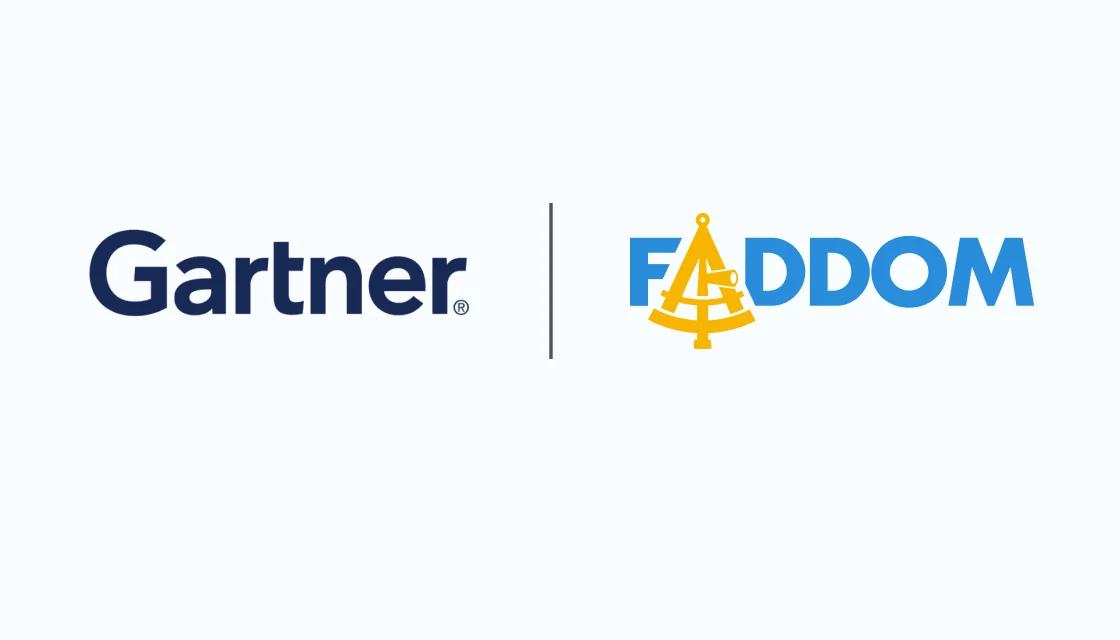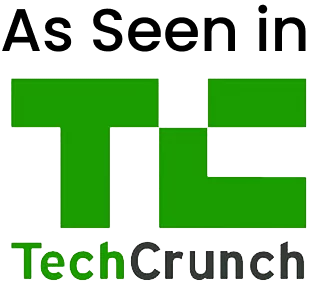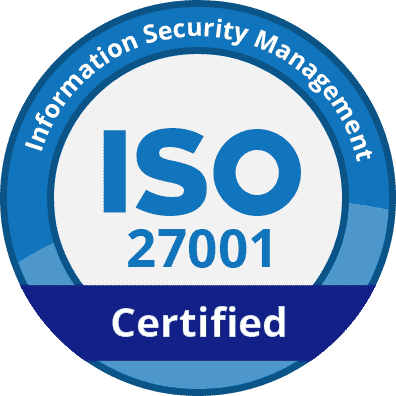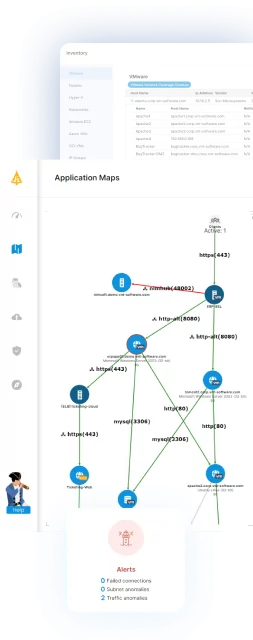By Omer Robinowitz, Chief of Growth and Co-Founder at Faddom
It’s not every day that Gartner comes up with a new category in IT, and it is definitely not every day that your startup gets acknowledged by Gartner® (!!).
Today, I’m proud to share that Faddom has been named a Sample Vendor in the 2025 Gartner® Hype Cycle™ for IT Service Management (ITSM), under the “Technology Dependency Hub” (TDH) category.
This isn’t just a milestone, it’s validation for our technology and especially of the problem we set out to solve: making infrastructure and application interdependencies visible, actionable, and aligned with business outcomes.
What is a Technology Dependency Hub (TDH)?
According to Gartner, a TDH provides a strategic management layer that discovers, standardizes, and unifies infrastructure and application dependency data.
What makes this so timely and powerful is that Gartner now recognizes TDHs as critical enablers of multiple ITSM domains. These include:
- Service configuration and asset management
- Change enablement
- incident and problem management
- Cybersecurity and risk analytics
In fact, Gartner notes that the TDH is an important catalyst for pushing CMDB trustworthiness, cloud operations visibility, and transformation governance. It bridges fragmented tooling by creating a unifying view of all technology relationships across hybrid environments, exactly what Faddom is built to deliver.
Before I get excited about any new technology, I ask three simple questions: Why Anything? Why Them? Why Now?
That’s exactly the framework I used to break down Faddom’s role in Gartner’s new Technology Dependency Hub (TDH) category.
Chapter 1: Why Anything?
Managing modern IT feels increasingly chaotic. Hybrid clouds, thousands of interconnected systems, constant updates – it’s a juggling act that’s tougher every day. Gartner’s report clearly points out that old-school tools (such as spreadsheets, Visio files and tribal knowledge) and manual methods just won’t work anymore and will prevent you from modernizing.
Chapter 2: Why Faddom?
Faddom isn’t just another tool; Gartner spotlights us as a standout in this emerging space. Here’s why:
Fast time-to-value: Since Faddom is agentless and lightweight, the deployment takes less than 60 minutes, and the maps are created immediately. A very straightforward configuration that doesn’t require speaking with a sales or technical person.
High Accuracy: Faddom maps completely passively and in real-time (!) by analyzing hybrid network traffic protocols, enriching it with integration with hypervisors and cloud APIs.
Faddom is platform agnostic and supports all on-premises and cloud platforms.
Easy to use: Faddom’s puts extra attention on usability meaning that each screen of the GUI is designed to be minimal and clean, so it will be intuitive to use even without any onboarding sessions.
Secure: Faddom is agentless and non-intrusive; we do not require server credentials or you reconfiguring your firewall rules. In addition, Faddom is an on-prem virtual appliance (we are not SaaS) and can work in offline, DMZ, and air-gapped topologies.
Affordable: All of the above gives Faddom the possibility to charge a fraction compared to the alternatives on the market that are usually designed to be suitable for large enterprises only.
Chapter 3: Why Now?
This is the most critical piece of the puzzle for adopting agentic AI.
When it comes to AI, having accuracy is everything.
AI is only as strong as the quality of data you give it; garbage in, garbage out (GIGO).
IT complexity isn’t slowing down. Environments are getting messier, regulations are stricter, and traditional methods are more inadequate. Gartner emphasizes the urgent need for TDHs now, precisely when IT teams face peak complexity. Delaying means more stress, higher risks, and unnecessary costs.
Right now is the ideal moment to automate your infrastructure discovery and documentation, reduce blind spots and shadow IT, and embrace efficiency so you can adopt new technologies such as autonomous AI, advanced cloud computing capabilities, comply with regulations, and improve your security posture.
Gartner Disclaimer:
Gartner, “Hype Cycle for IT Service Management, 2025,” Ankita Hundal, Roger Williams, June 2025.
Gartner does not endorse any vendor, product, or service depicted in its research publications, and does not advise technology users to select only those vendors with the highest ratings or other designations.









